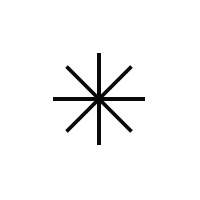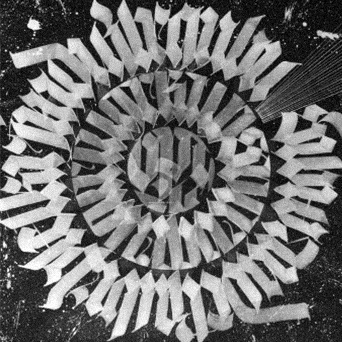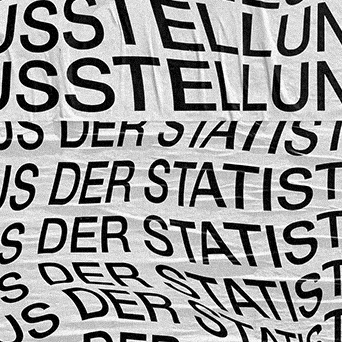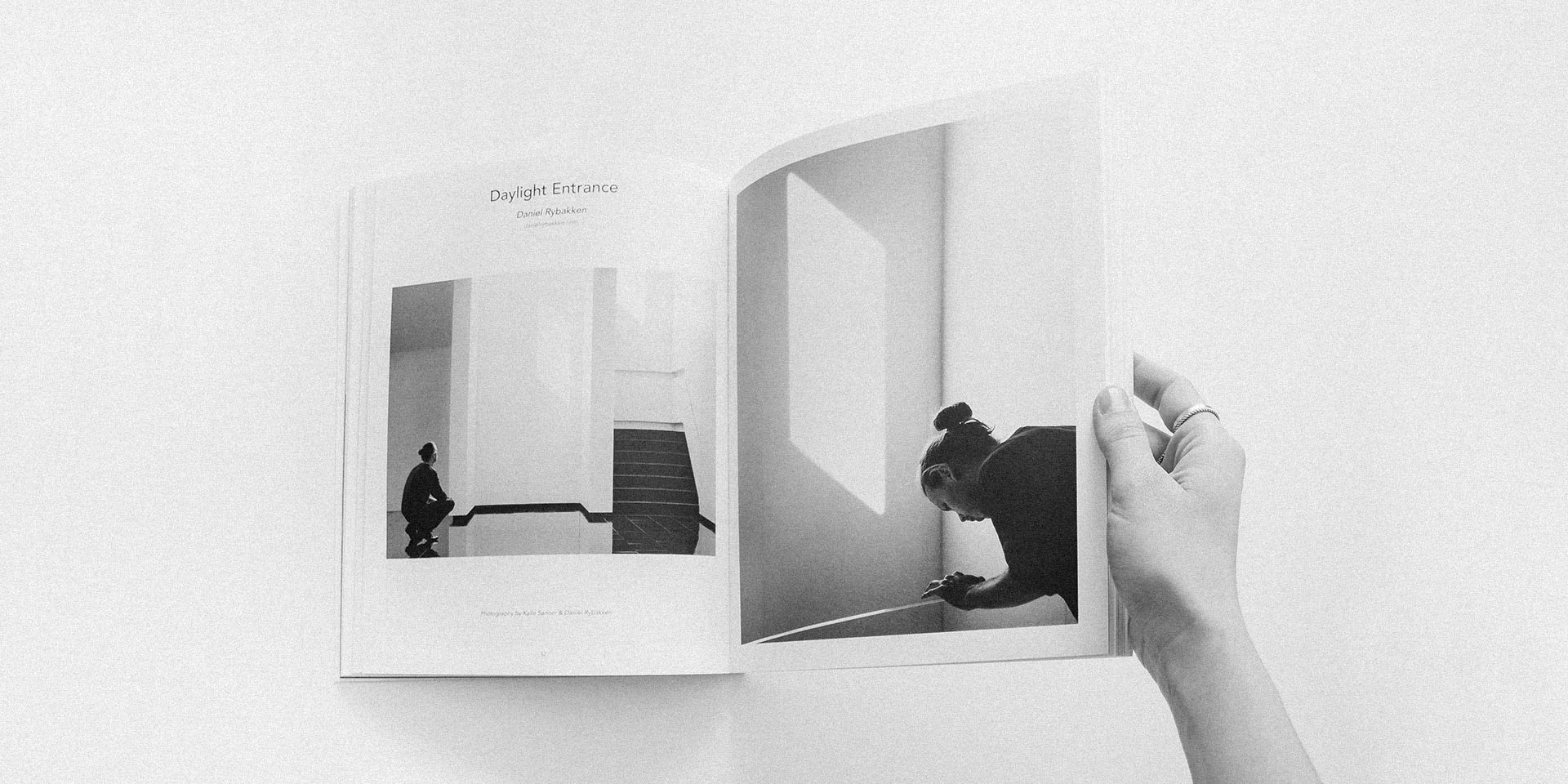The Three Coin Tiers of Ancient Egypt’s Golden Riches
The civilization of ancient Egypt flourished for over three millennia, developing one of history’s most sophisticated economic systems. Far from the primitive barter economy often depicted in popular media, Egypt established a complex monetary hierarchy that perfectly mirrored its rigid social structure. This system, built around three distinct tiers of currency made from copper, silver, and gold, not only facilitated trade but also reinforced the philosophical and religious underpinnings of Egyptian society.
Table of Contents
- 1. The Hierarchical Nature of Wealth in Ancient Egypt
- 2. The Three Distinct Coin Tiers of the Nile
- 3. Archaeological Evidence of the Monetary System
- 4. The Modern Rediscovery of Ancient Egyptian Economics
- 5. Le Pharaoh: A Contemporary Lens on Ancient Riches
- 6. Beyond Treasure: The Cultural Legacy of Egyptian Coinage
1. The Hierarchical Nature of Wealth in Ancient Egypt
a. The Social Pyramid and Its Economic Reflection
Ancient Egyptian society was structured as a precise hierarchy with the pharaoh at its apex, followed by nobles, priests, scribes, craftsmen, and farmers at the base. This social stratification was meticulously mirrored in their economic system. The type of currency an individual used—from copper deben for daily transactions to gold staters reserved for royal and divine purposes—visibly demonstrated one’s position within this carefully ordered universe.
b. From Common Deben to the Pharaoh’s Gold
The economic journey from bottom to top of Egyptian society followed a clear metallic progression. Archaeological records from workers’ villages like Deir el-Medina reveal that laborers were paid in copper deben—standardized weight units of copper that could purchase basic commodities. Meanwhile, temple inventories and noble tomb records show extensive use of silver ring money, while the pharaoh’s treasury operated primarily in gold, considered the “flesh of the gods.”
c. How Value Was Assigned and Perceived
Value in ancient Egypt was determined by a combination of practical and religious considerations. While scarcity and labor input contributed to a metal’s worth, its cosmological significance was equally important. Gold’s incorruptible nature and solar association made it divine, while copper’s earthly origins and utilitarian applications positioned it as the people’s metal. This dual system of valuation created an economic framework where spiritual and material wealth were deeply intertwined.
2. The Three Distinct Coin Tiers of the Nile
a. The Copper Deben: Currency of the Common People
The copper deben (approximately 91 grams) served as the backbone of daily Egyptian commerce. Unlike minted coins, these were standardized weights of metal that functioned as currency. Records from the reign of Ramesses II indicate that a skilled worker might earn 5.5 deben per month, with which they could purchase essential goods:
- A sack of emmer wheat: 2 deben
- A linen tunic: 5 deben
- A goat: 2 deben
b. The Silver Ring Money: Treasure of the Temples and Nobles
Silver held an intermediate position in Egypt’s monetary hierarchy. Often fashioned into ring-shaped ingots for easy transport and storage, silver was significantly rarer than copper in Egypt and consequently more valuable. The Amduat Papyrus from the Theban archives documents temple transactions involving silver rings weighing between 2-12 deben, used for purchasing luxury goods, land, and financing state projects.
c. The Golden Stater: Divine Wealth of the Pharaohs
Gold represented the pinnacle of Egyptian currency, reserved primarily for the pharaoh, state treasury, and temple offerings. Egyptian gold, mined extensively in Nubia (the “Land of Gold”), was considered divine substance with supernatural properties. The famous gold stater, introduced during the Late Period, bore the image of the pharaoh and was used for international trade, tribute payments, and monumental religious offerings.
| Currency Type | Primary Users | Approximate Value Ratio | Common Uses |
|---|---|---|---|
| Copper Deben | Laborers, Farmers, Craftsmen | 1:1 (base unit) | Daily purchases, wages, taxes |
| Silver Ring Money | Merchants, Nobles, Priests | 1:100 (to copper) | Luxury goods, land, temple donations |
| Golden Stater | Pharaoh, State Treasury | 1:200 (to copper) | International trade, monuments, divine offerings |
3. Archaeological Evidence of the Monetary System
a. Tomb Inscriptions and Economic Records
The walls of tombs and temples provide detailed evidence of Egypt’s three-tiered monetary system. The tomb of Vizier Rekhmire (c. 1450 BCE) depicts foreign delegations bringing tribute in specific metals appropriate to their status. Similarly, the Wilbour Papyrus (c. 1140 BCE) documents temple land holdings and their revenues in copper, silver, and gold denominations, revealing the sophisticated accounting practices that managed this hierarchical system.
b. Hoards and Their Tiered Composition
Archaeological discoveries of hoarded wealth consistently reflect the three-tier system. The Tod Treasure, discovered beneath the foundation of a Middle Kingdom temple, contained four bronze chests with silver ingots and lapis lazuli—clearly temple treasure. Meanwhile, household hoards from Amarna typically contain copper tools and deben weights, while royal caches like that of Tutankhamun feature spectacular gold artifacts.
c. The Symbolism of Materials and Weight
The materials themselves carried profound symbolic meaning. Copper’s reddish hue associated it with blood and earthly life, silver with the moon and transitional states, while gold’s eternal brilliance connected it to the sun and immortality. Standardized weights, often shaped like animals or gods, were themselves sacred objects, with severe penalties for tampering attested in legal documents.
4. The Modern Rediscovery of Ancient Egyptian Economics
a. How Historians Pieced Together the System
Understanding Egypt’s monetary system required synthesizing evidence from multiple sources. Early Egyptologists like Flinders Petrie initially misinterpreted metal weights as mere ritual objects. It wasn’t until the translation of economic papyri in the mid-20th century, combined with metallurgical analysis of hoards, that the full picture emerged. Cross-referencing wage lists, price records, and temple inventories revealed the precise relationships between the three metallic tiers.
b. Common Misconceptions About Ancient Egyptian Currency
Contrary to popular belief, ancient Egyptians did not rely primarily on barter. While grain and other commodities served as supplementary value measures, the metal weight system provided a stable monetary foundation for centuries. Another misconception is that Egypt lacked sophisticated financial instruments, when in fact temple records show evidence of loans, interest, and futures contracts denominated in metal weights.
c. The Lasting Influence on Subsequent Civilizations
Egypt’s tri-metallic system influenced neighboring civilizations, particularly the Nubians and later the Persians. The concept of gold as royal currency and silver for elite transactions appears in multiple Mediterranean cultures. Even the Greek and Roman systems, while based on coinage, maintained hierarchical distinctions between metals that echoed the Egyptian model.
“The Egyptian monetary hierarchy was not merely an economic system but a cosmological one—each metal occupied its proper place in the universal order, from the earthly copper of daily life to the divine gold of eternity.”
5. Le Pharaoh: A Contemporary Lens on Ancient Riches
a. Translating Historical Tiers into Gameplay Mechanics
Modern interpretations of ancient Egyptian economics sometimes find expression in interactive formats that make these historical concepts accessible. For instance, the le pharaoh demo slot incorporates the three-tiered monetary system into its design, with copper, silver, and gold symbols representing different value levels, much like their historical counterparts functioned in ancient













